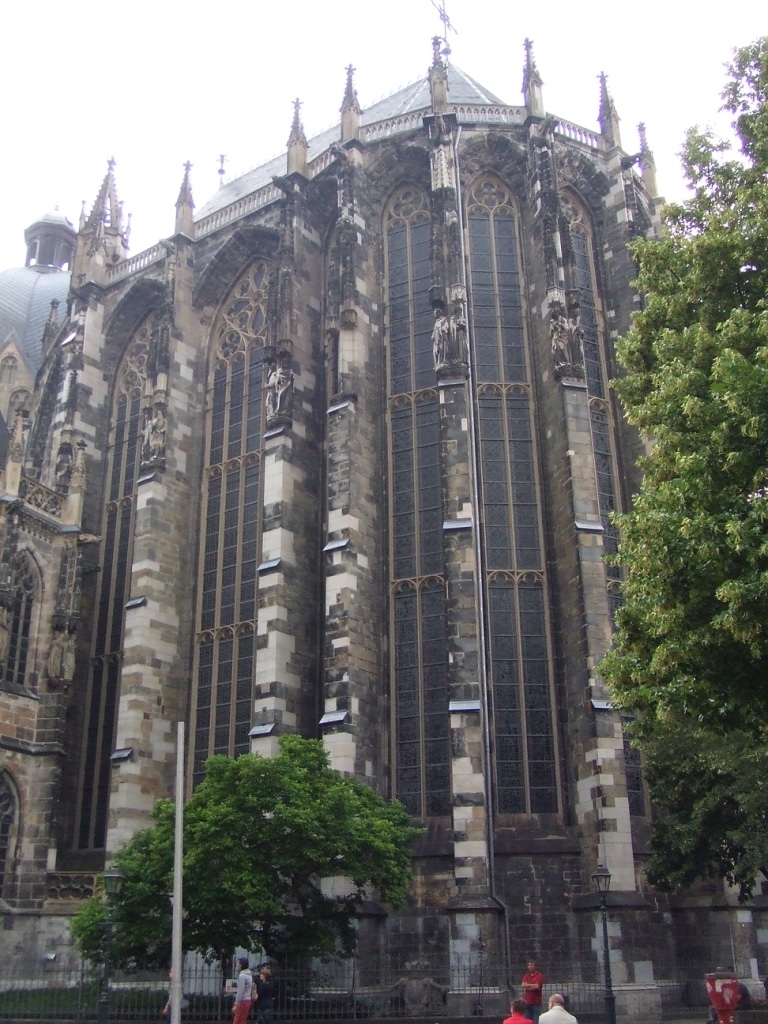Have you ever heard of Aachen, a town in Germany?
Aachen is located on the western edge of Germany, facing the border of the Netherlands and Belgium.
In fact, the city has been flourishing since the time of the Roman Empire, and originally developed as a spa retreat.
The name of Aachen at that time was Aquae Grani, which means water or mineral spring in Latin.
The name “Aachen” also comes from the ancient German word “aha”, meaning water.
What is the city of Aachen like?
Aachen has flourished since Roman times, as I mentioned above, but in the Middle Ages, in the 8th century, Karl the Great of the Frankish Empire built his palace there, making it the capital of the Frankish kingdom and one of the stages of the Renaissance. Thirty Roman kings of all time have been crowned in Aachen Cathedral.
Aachen’s highlight: “Aachen Cathedral”.
The highlight of Aachen is the Aachen Cathedral. Aachen Cathedral was declared a UNESCO World Heritage Site in 1978.

Aachen Cathedral is also known as the Cathedral of the Emperors, and is where Karl the Great is buried. The cathedral is the oldest in the northern part of Europe and was built by Karl the Great in 786 AD as a palace church. At the time of its construction, it was the largest domed building in the northern region. The dome is characterized by its octagonal shape.

Due to the rapid increase in the number of pilgrims, a hall for the choir was added, and it is called the “Glass House” because of its many long vertical stained glass windows.


A chimera outside the cathedral?
If you take a closer look at the outside of the glass house section of Aachen Cathedral, you will notice an unusual statue.
It looks like a chimera from Dragon Quest.

There are many fountains in the city of Aachen, and it would be good to see the shape of each fountain and its origin.



コメント